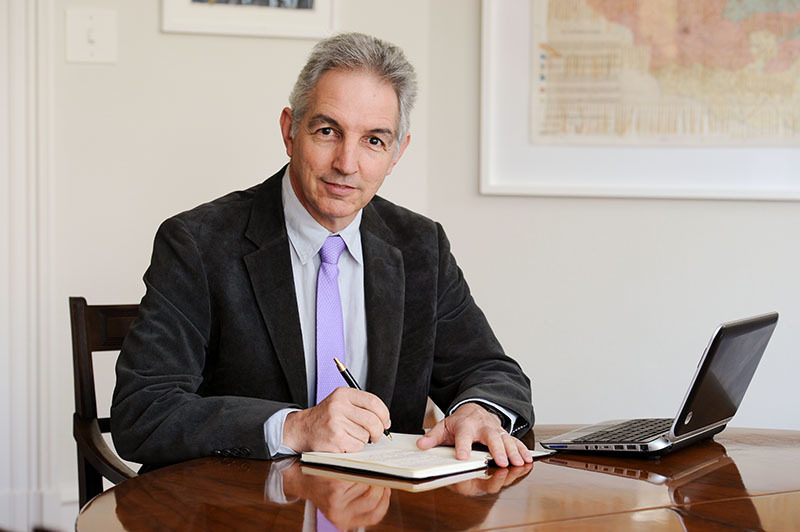VC Desk: Update on engagement and discussion around the display of art on campus
Released: 13h00, 11 April 2016
11 April 2016 | Story by Newsroom

|
11 April 2016
Dear colleagues, students and alumni There have been various articles and letters in the media commenting on the process that is being followed to create engagement and discussion around the display of art on campus. Much of the public comment about this process focuses on the removal of specific works of art from public display, and offers highly critical views about this. Such criticism that UCT is practicing self-censorship or giving in to the demands of a small radical student group indicates a lack of understanding about the University of Cape Town's transformation process and how our engagement with works of art contributes to this process. We are writing to set the record straight. It is important to understand that we are not censoring any artworks. Much of the negative public comment fails to recognise that current removals are provisional. It is our belief that the artworks will all ultimately be on display once curatorial policies have been developed. The University remains committed to enabling scholars and the public to engage with the most difficult and challenging works, including those presently under discussion, and many others that may arrive in the future. What is currently at issue is not whether this should be done, but how. UCT Council's Artworks Task Team was established by the Council in September 2015. The members include a number of experts in fine art (see list of members at end). The Task Team released an interim statement describing the Team's mandate, the urgency related to its work and progress made. Read the full statement from the Artworks Task Team. It indicates that the University needs an active and considered curation policy. The ATT's statement focusses attention on how the works are being curated, notably on cumulative effects, some of which are discussed below. The problem is not the individual artworks themselves but how the University has handled them. Examples of the problematic curatorial issues include:
We acknowledge that in addition to these cumulative effects, some members of the campus community have identified certain works of art as offensive to them – for cultural, religious or political reasons. This raises the policy question whether artworks that offend a significant number should be on display in public places where they cannot be avoided and, if so, what curatorial responsibilities this imposes on the University. Alternatively, should they be displayed in a gallery where they can be better contextualised and viewed by choice? This again is about curation, and not the censorship of individual artworks. All of these questions are now open for discussion. The Task Team proposes that the curation policy, which will also affect the policies on acquisitions, should be developed through an open consultative process that includes the different voices on our campus. Through the provisional removal of some artworks the University is dismantling elements of its curation, not suppressing the individual works, before such a consultative process. The decision to cover and take down some works is motivated by two concerns: the first is to signal that we have started a process of debate and discussion about how works of art should be displayed on campus, and that we will respond to this debate with seriousness and urgency. The second is in recognition of our custodial obligation to protect our art collection, especially those works of art that have become controversial (whether for good reason or not), noting that in the absence of an art gallery, almost all of UCT's art is displayed in public spaces. This is necessary while we conduct the discussions about how and where these works should be displayed. We view the discussion around works of art as part of UCT's accelerated transformation process. We are seeking to discuss with all members of the University community how we can reflect different aspects of our university community, our diverse body of staff and students, and help to create an inclusive community where everyone can readily identify with the institution. We invite you to share with us your idea of how the UCT environment can be used to show our pride in the growing diversity of our campus community: what works of art speak to you, how and where you feel those works should be displayed. Please write to artworks@uct.ac.za To read more about UCT's accelerated transformation process and the work done thus far, please click here. Members of Council Arts Task Team:
Sincerely, Dr Max Price, Vice Chancellor |
 This work is licensed under a Creative Commons Attribution-NoDerivatives 4.0 International License.
This work is licensed under a Creative Commons Attribution-NoDerivatives 4.0 International License.
Please view the republishing articles page for more information.









